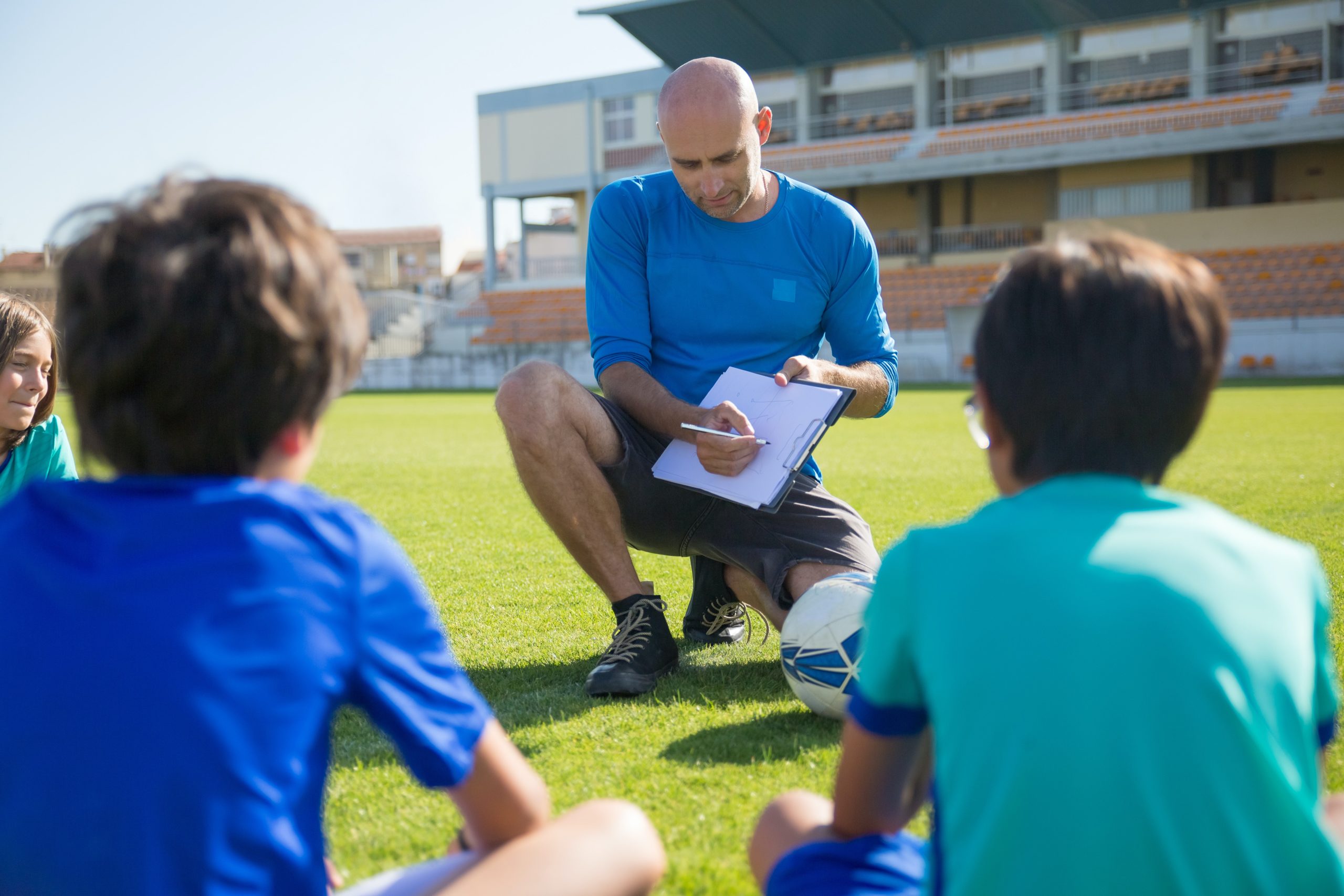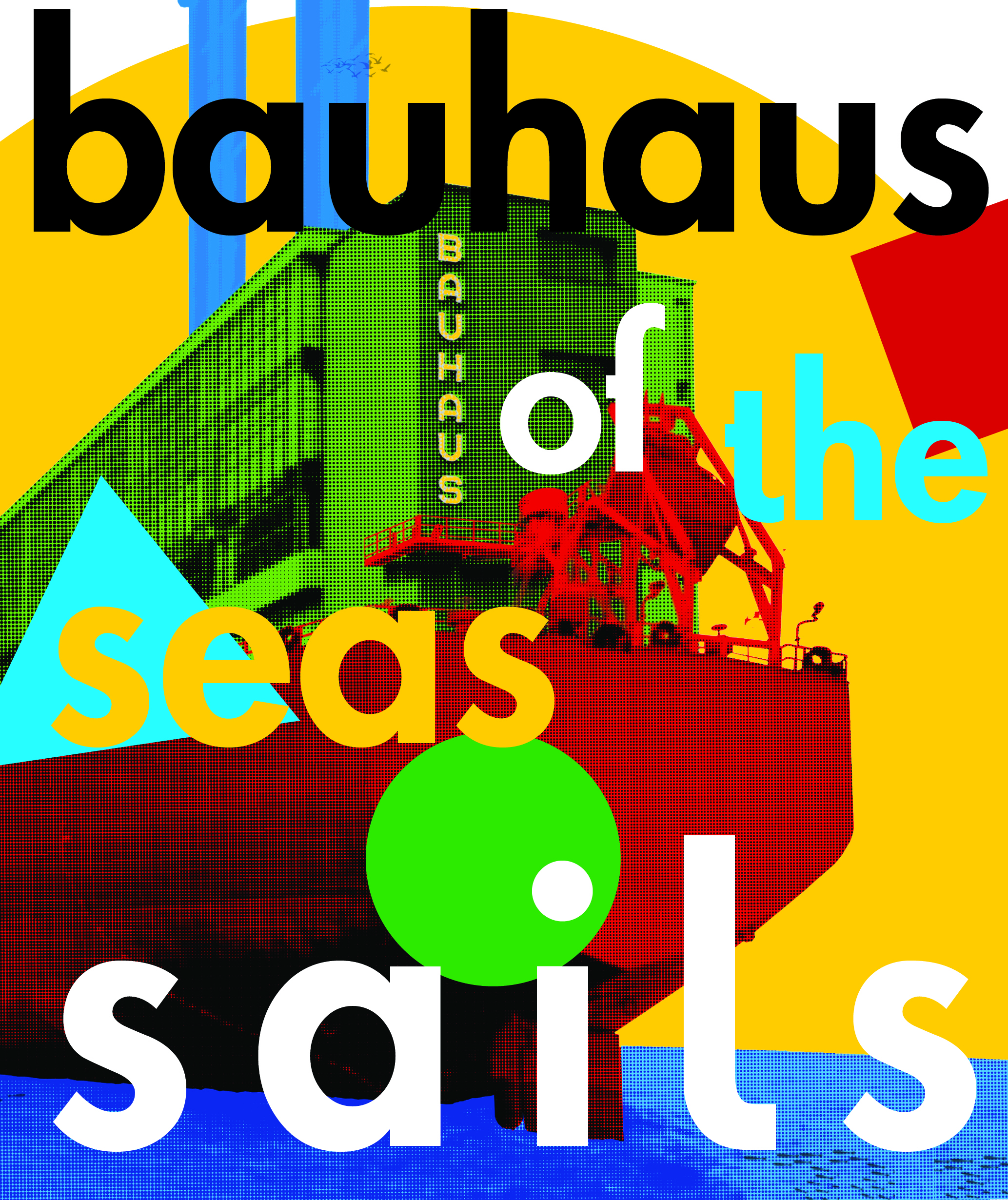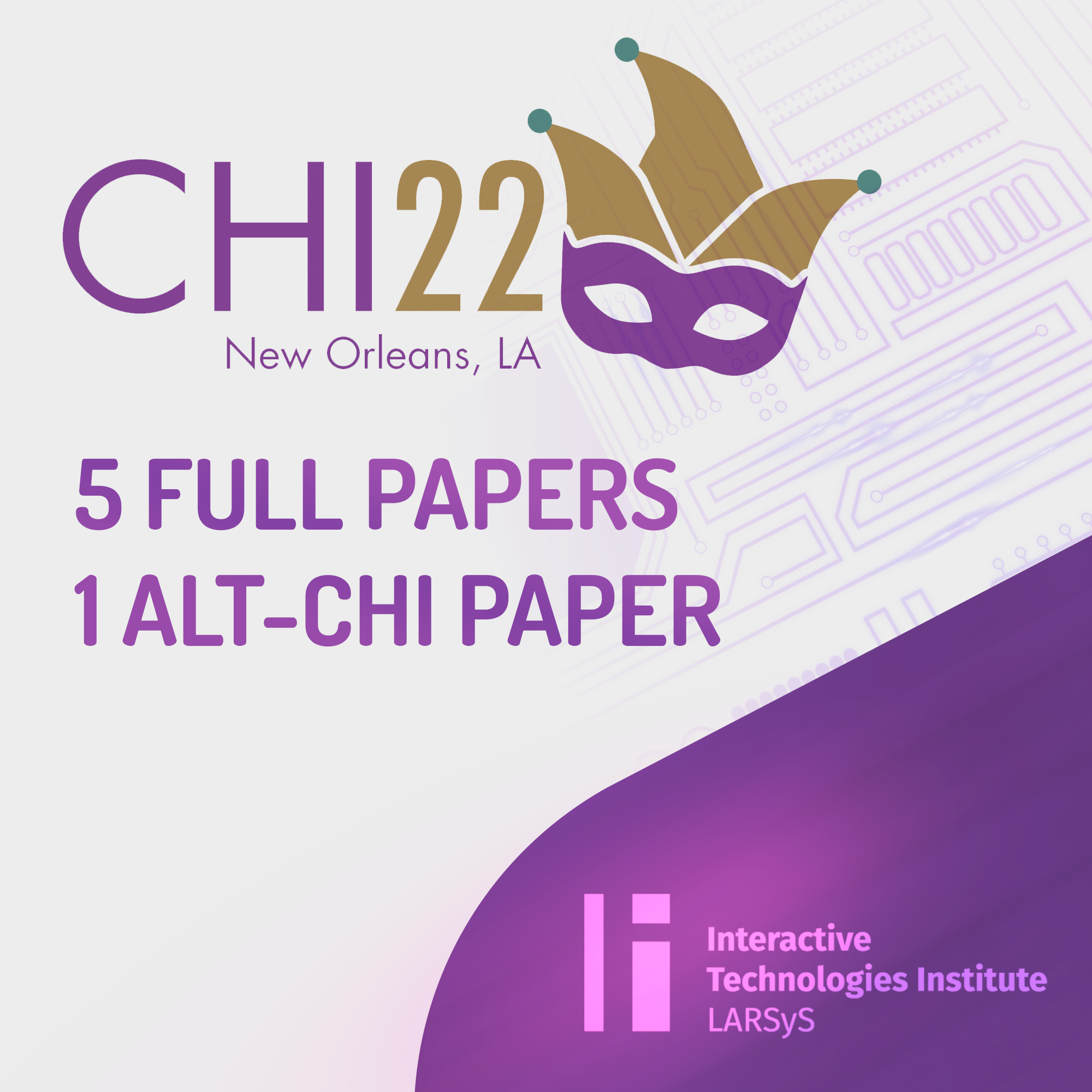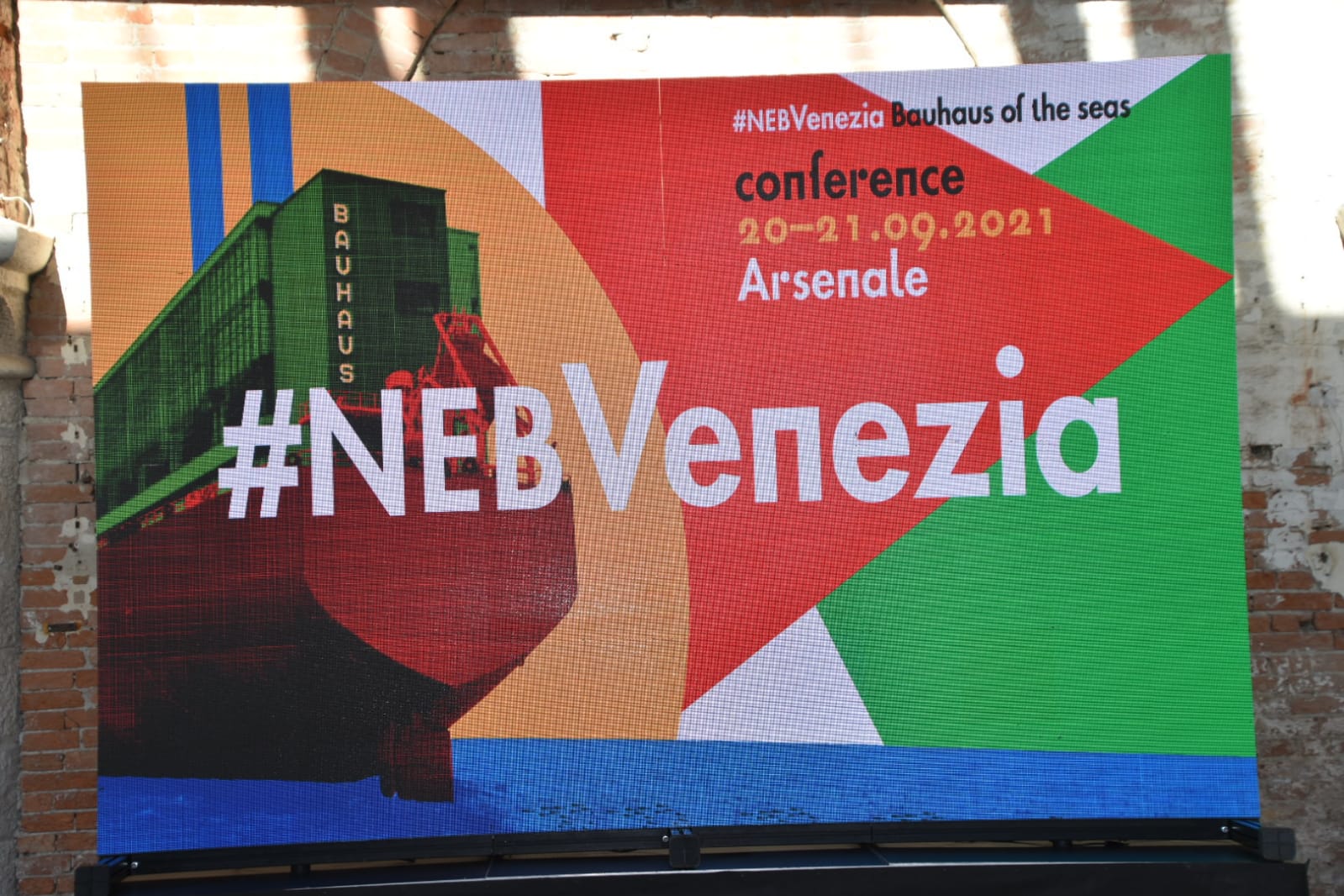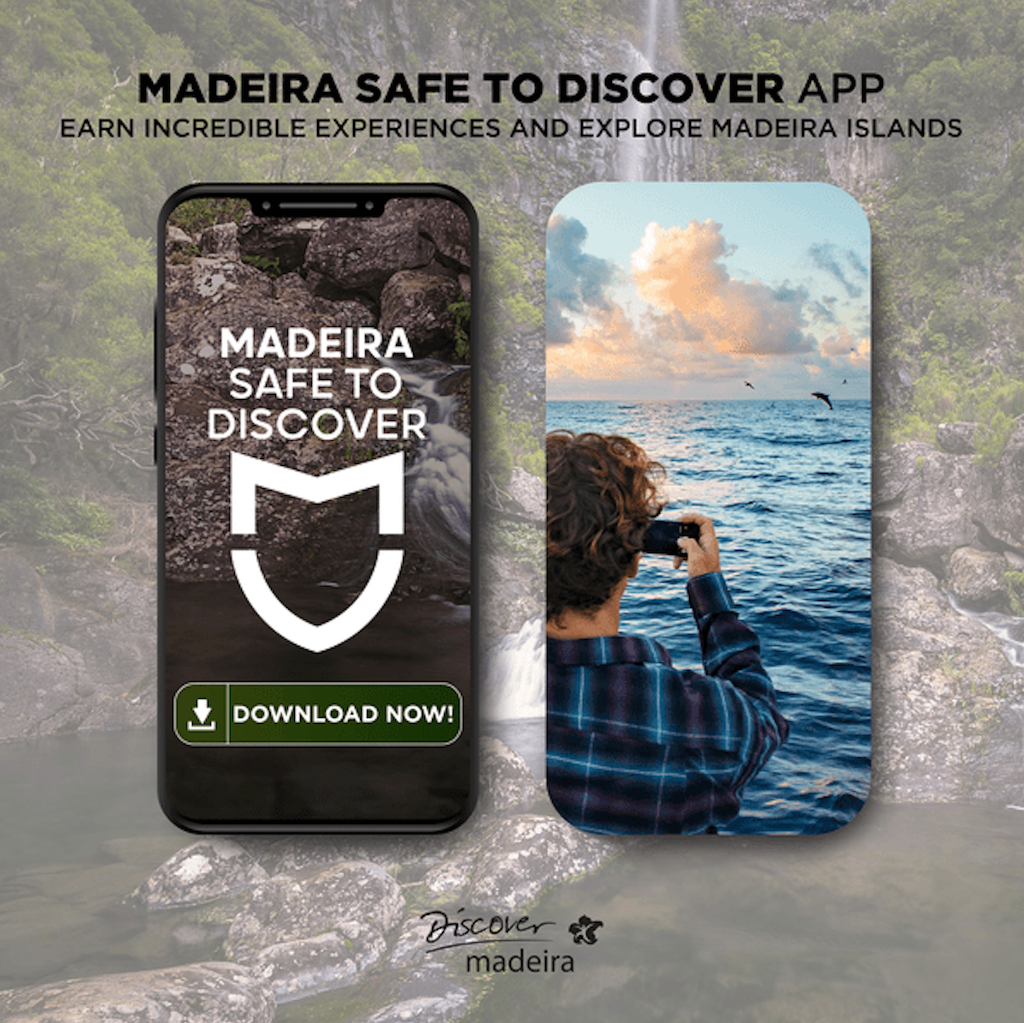The 18th IFIP Technical Committee 13 International Conference promoted on Human-Computer Interaction – INTERACT 2021 was held in Bari, Italy, between August 30 and September 3, 2021. INTERACT conferences are an important platform for researchers and practitioners in the field of Human-Computer Interaction to showcase their work. This year’s theme was “Sense, Feel, Design,” which focused on the new challenges of interaction design, as well as in Human-AI Interaction, focusing on the design of human-centered intelligent systems.
Several works authored by ITI/LARSyS members were accepted at this conference namely, 1 long paper, 1 short paper, 6 posters, 1 workshop, and 1 panel as listed below.
– Addressing the Challenges of COVID-19 Social Distancing Through Passive Wi-Fi and Ubiquitous Analytics: A Real World Deployment by Miguel Ribeiro (ITI/LARSyS), Nuno Jardim Nunes (Instituto Superior Técnico – U. Lisbon, ITI/LARSyS), Marta Ferreira (Instituto Superior Técnico), João Nogueira (Universidade de Lisboa), Johannes Schöning (University of Bremen, ITI/LARSyS), Valentina Nisi (IST University of Lisbon, ITI/LARSyS). [Long Paper]
Abstract
During the COVID-19 pandemic, social distancing measures were employed to contain its spread. This paper describes the deployment and testing of a passive Wi-Fi scanning system to help people keep track of crowded spaces, hence comply with social distancing measures. The system is based on passive Wi-Fi sensing to detect human presence in 93 locations around a medium-sized European Touristic Island. This data is then used in website plugins and a mobile application to inform citizens and tourists about the locations’ crowdedness with real-time and historical data. To understand how people react to this type of information, we deployed online questionnaires in situ to collect user insights regarding the usefulness, safety, and privacy concerns. Results show that users considered the occupancy data reported by the system as positively related to their perception. Furthermore, the public display of this data made them feel safer while traveling and planning their commute.
– A Systematic Review of Usefulness Design Goals of Occupational Mobile Health Apps for Healthcare Workers by Nurha Yingta (University of West London), José Abdelnour Nocera (University of West London, ITI/LARSyS), Dr Obed Brew (University of West London), Ikram Ur Rehman (University of West London). [Poster]
Abstract
To improve healthcare professionals´ health and wellbeing at work, many available effective treatments including meditation, and workplace intervention, have been developed. However, the utilisation of these interventions is still limited. Currently, various mobile health applications (mHealth Apps) exist to help a wide range of users with different occupational health issues, such as stress, anxiety, and burnout. Despite their advantages,post-download uptake of mHealth apps by end-users remains low. Some of the reasons for this are poor usability, irrelevant or missing user-desired features, and poor user experience. This review paper explores the usefulness of mHealth Apps for the early detection of occupational-related ill-health among healthcare workers. Science Direct, ACM Digital Library, IEEE Xplore, and SAGE Journal were searched comprehensively to identify relevant research articles. A total of 9546 reviewed papers were primarily identified through the systematic search on the databases. 2546 articles were removed from them, by duplication check on a RefWorks software. Titles and abstract screening of the remaining 126 led to 50 relevant articles being selected for full-text screening. Of these 76 were excluded based on exclusion criteria. Finally,19 articles were selected for a final inclusion to identify the relevant usefulness design goals, including usability, utility, and user experience, deemed as critical for apps’ adoption and use. These goals include provide contextually relevant information, which is easy to understand for usability; support self-help guidance and in-depth knowledge for occupational health and wellbeing for utility: reinforced trust and perceived security in m-Health apps for user experience.
– Regenerative Swiping: a Hybrid Vision for Improved Sustainability with “Free” Energy Harvesting by José Luís Silva (ITI/LARSyS). [Poster]
Abstract
In a world facing climate change emergency, energy harvesting must be improved. Future interactive devices (with new materials) and a move of energy harvesting from devices to users can trigger this improvement. This paper presents a vision of how (many) future interactive devices should be powered. Be-yond the benefits of a self-powered and ultra-low power interactive devices vision, a complementary one with self-powered users and “free” energy harvesting is essential. For example, harvesting the user’s energy (e.g. heart rate pulsations) and/or enabling him/her to produce (e.g. kinetic/inertial energy harvesting) and store (e.g. wearables) energy for future interactions. Self-powered users can then perform interactions with devices (that require only power during the interaction or extra power during interaction) powering them through direct contact interaction. This will allow the removal of built-in batteries on these devices and a global reduction of batteries. The proposed hybrid vision combines self-powered devices/users and “free” energy harvesting.
– Towards Identifying Augmented Reality Unique Attributes to Facilitate Chemistry Learning by Sandra Olim (Madeira Interactive Technologies Institute), Valentina Nisi (IST University of Lisbon, ITI/LARSyS), Teresa Romão (Faculdade de Ciências e Tecnologia, Universidade Nova de Lisboa). [Poster]
Abstract
Augmented Reality (AR) applications have the potential to improve students’ Chemistry learning performance. By identifying the unique features and affordances of this technology, we can design more effective tools to facilitate the learning process of abstract concepts. We developed Periodic Fable in the Wild, an AR serious game as an instrument to conduct design-based research. The game aims to facilitate the learning of abstract concepts related to the Periodic Table by children (9 to 13 years old). We intend to optimize our game by continuing our research with our target audience, analysing their feedback, making refinements, and continuing testing.
– Collecting Qualitative Data During COVID-19 by Vanessa Cesário (ITI/LARSyS), Valentina Nisi (IST University of Lisbon, ITI/LARSyS). [Poster]
Abstract
The current pandemic situation leads researchers to reflect on conducting qualitative research, completely changing how they conduct participatory research. As it became clear that the pandemic would last many months, researchers started to redesign their planned research in digital spaces through social media channels and participatory online tools. From communicating with participants over Zoom (or other similar applications) to sharing information on exclusive online groups, digital platforms have become, for many, the only way to work, learn, or be entertained. This situation offered a significant opportunity to think creatively about research engagement and reflect on which aspects truly require researchers to be “on the ground” to conduct face-to-face participatory sessions to gather qualitative data. Qualitative researchers must use this opportunity to reflect while using digital tools for distance research. This paper is inspired by the work the authors are conducting in MEMEX – a European-funded project promoting social inclusion by developing collaborative storytelling tools related to cultural heritage and at the same time facilitating encounters and interactions between communities at risk of social exclusion. Thus, the work here presented reflects on the digital tools and techniques to collect qualitative data when the researchers cannot meet the participants face-to-face due to pandemics safety measures or other restrictions.
– Human-Centered Visual Interfaces for Image Retrieval: An Exploratory Study by Diogo Cruz (University of Madeira), Diogo Cabral (University of Lisbon, ITI/LARSyS), Pedro F. Campos (University of Madeira, ITI/LARSyS). [Poster]
Abstract
The widespread use of digital cameras in mobile phones has led to an increase in the number of pictures captured and shared. However, the development of interfaces for visualizing image collections has not matched that growth. Most search methods are based on text descriptions and retrieve a large number of results on thumbnail 2D grids, which can be hard to analyze. Therefore, it is crucial to couple image retrieval with purposely designed interfaces. This paper covers the study of four different interfaces for the visualization of collections of images, including a regular 2D grid, a variable-size 2D grid, a pile of images, and a spiral. These interfaces were evaluated in a user test involving nine participants performing search tasks. We found that both grids exhibit higher usability and lower task times than the Pile and Spiral. The Variable Size Grid had lower usability scores than the Regular Grid, but it showed higher-quality task results and was preferred by the participants in this study.
– Persona’s Role in Designing Future Technologies – the Design Tool’s Dilemma for Ideation between Academics and Industry by Parisa Saadati (University of West London), José Abdelnour Nocera (University of West London, ITI/LARSyS), Torkil Clemmensen (Copenhagen Business School). [Poster]
Abstract
Automation and the introduction of Industry 4.0 interactive technologies have imposed novel challenges and burdens on academics and industrial practitioners. Developing systems for future workplaces need sufficient knowledge and understanding of the trends and technological developments and their viability from both industry and academic experts before introducing the general population. Utilizing co-design ideation workshops supported by various design tools can provide better ideation for designing future scenarios. We conducted a qualitative study to analyze academics’ and industrial practitioners’ points of view on a persona as a design tool during a conference workshop. These participants empirically test the co-creation of personas and find conceptual differences between the groups in their tool use. We used pre and post-workshop surveys and workshop transcripts to code and clustered our findings. The conclusion is that the differences in academic and industrial practitioners’ perspectives and use of design tools for ideation are substantial but combined in a team can lead to designing positive experiences in future workplaces.
– Experiencing Contemporary Art at a Distance by Barbara Rita Barricelli (Università degli Studi di Brescia), Antonella Varesano (Università degli Studi di Udine), Giuliana Carbi Jesurun (Trieste Contemporanea), Torkil Clemmensen (Copenhagen Business School), Fabio Pittarello (Ca’ Foscari University of Venice), Gian Luca Foresti (University of Udine), Letizia Bollini (University of Bozen – Bolzano), José Abdelnour Nocera (University of West London, ITI/LARSyS), Maja Ćirić, Gerrit van der Veer, Nuno Jardim Nunes (ITI/LARSyS), Alexandra Verdeil. [Panel]
Abstract
This panel wants to start a discussion about the importance of designing new ways of Contemporary Art digitization and digitalization to foster the creation of successful user experiences for its remote fruition.
– Geopolitical Issues in Human-Computer Interaction by José Abdelnour Nocera (University of West London, ITI/LARSyS), Torkil Clemmensen (Copenhagen Business School), Zhengjie Liu (Dalian Maritime University), Anirudha Joshi (IIT Bombay), Xiangang Qin (Beijing University of Posts and Telecommunications), Judy Van Biljon (University of South Africa), Isabela Gasparini (UDESC), Leonardo Parra (Universidad de Los Andes). [Workshop]
Abstract
This workshop will explore and discuss geopolitical issues in Human-Computer Interaction (HCI) as a field of knowledge and practice. These issues are mainly seen at two levels: (1) on discourses surrounding motivations and value of HCI as a sociotechnical field, and (2) on discourses surrounding concepts of HCI diffusion, maturity, and diversity as articulated by global and local knowledge networks. Since the beginning of HCI, discussions of democracy have been around. It may even be fair to say that the key notion of usability aims to support the citizens of a democratic society. Obviously, exactly how HCI should do this remains open for discussion. HCI has several roots deep in military needs from the world wars of the 20th century. It was also born out of the sociotechnical traditions with its emancipatory ambitions, aiming at creating conditions for supporting a human agency that facilitates the realization of people’s needs and potential. There´s an inherent contradiction between these traditions. Thus, we’re interested in exploring the following question: how to reconcile such diverse discourses as a military power and emancipatory ambitions in the geopolitical analysis of HCI research and associated discourses? Moreover, the diffusion of HCI as a field of knowledge and practice is dominated by political and post-colonial discourses that pervade local and global knowledge networks shaping what is considered useful and relevant research and practice. In this workshop, we understand these issues as geopolitical in nature and aim to trace the cultural and sociotechnical dynamics that construct the field of HCI.
– Using Technology to Visualize Gender Bias by Sara Tranquada (Faculdade de Ciências e Tecnologia Universidade Nova de Lisboa, ITI/LARSyS), Nuno Correia (Faculdade de Ciências e Tecnologia, Universidade Nova de Lisboa), Karolina Baras (University of Madeira). [Short paper]
Abstract
Science and technology have been typically associated with masculinity. Research contradicting this belief has been mainly focused on our unconscious awareness. In this paper, we propose two interactive systems designed to make gender bias noticeable. One that combines physical and virtual environments and presents the numbers of college applications (Gender by Numbers, that interacts with our conscious mind) and one that uses QR codes to visualize a gender bias riddle (Riddle Me This QR, that interacts with our unconscious mind). We conducted a study that aimed to infer which of the strategies could trigger a difference using the conscious and unconscious measures. We found that Gender by Numbers only reinforced the mentality that men should pursue engineering and women should go into a more characteristic job like kindergarten teacher or nursing. Riddle Me This QR un-cover the possibility of a mentality change. The next step is up to each individual to have the will to break that prejudice.
